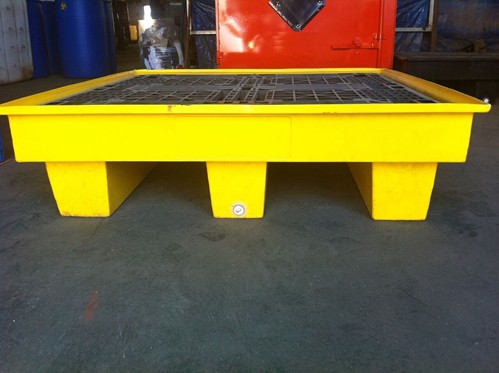Sustainability in shipping is something all businesses should strive to practice. Not only is it better for the environment, but it can also be better for your bottom line. Yet, sometimes it doesn’t have to rely on a new product or using different materials – sometimes it’s simply about making your current shipping processes more efficient.
One example of this is cube optimisation.
What is cube optimisation?
Cube optimisation refers to the practice of optimising the available space in the ‘cube’ of space that sits atop a shipping pallet. There are number of different ways you could chose to fill the limited volume with product – some result in more product per cube than others. A highly inefficient packing pattern could mean a lot of empty space, whereas a highly optimised one could result in almost none at all.
There are several ways to do this. One is to simply pack the product in its existing retail packaging in a more efficient manner. Another is to change the retail packaging itself to better fit the product and save space – making sure there are no large unnecessary cavities or bulky appendages. A more dramatic practice is also to modify the product itself, as furniture and homewares company IKEA once did.


The IKEA example
In the early 2000s, one of IKEA’s best selling mugs was known as the ‘Bang’. In his book “Strategic Management”, Colin White explains that the firm was set to sell at least 25 million of the mugs in 2003. As a high volume, low cost product, any seemingly small gains that could be made in the manufacturing and shipping process would pay handsomely when you consider the numbers they were selling.
White argues that, in the case of the Bang mug, the design process was based around how many mugs could fit on a pallet. First it was 864 mugs per pallet; then a redesign brought it to 1280; and a final change brought the total to 2024, bringing the total shipping costs down 60 per cent. An extreme example no doubt, but it does demonstrate the efficiency savings that can come with cube optimisation.
You can further increase the advantages of cube optimisation by changing the pallets you ship product on. Plastic pallets are much lighter than wood pallets, which lowers the non-product weight of your shipments even further. For more information on the variety of products Eco Pallets has on offer, get in touch today.









Comments are closed.